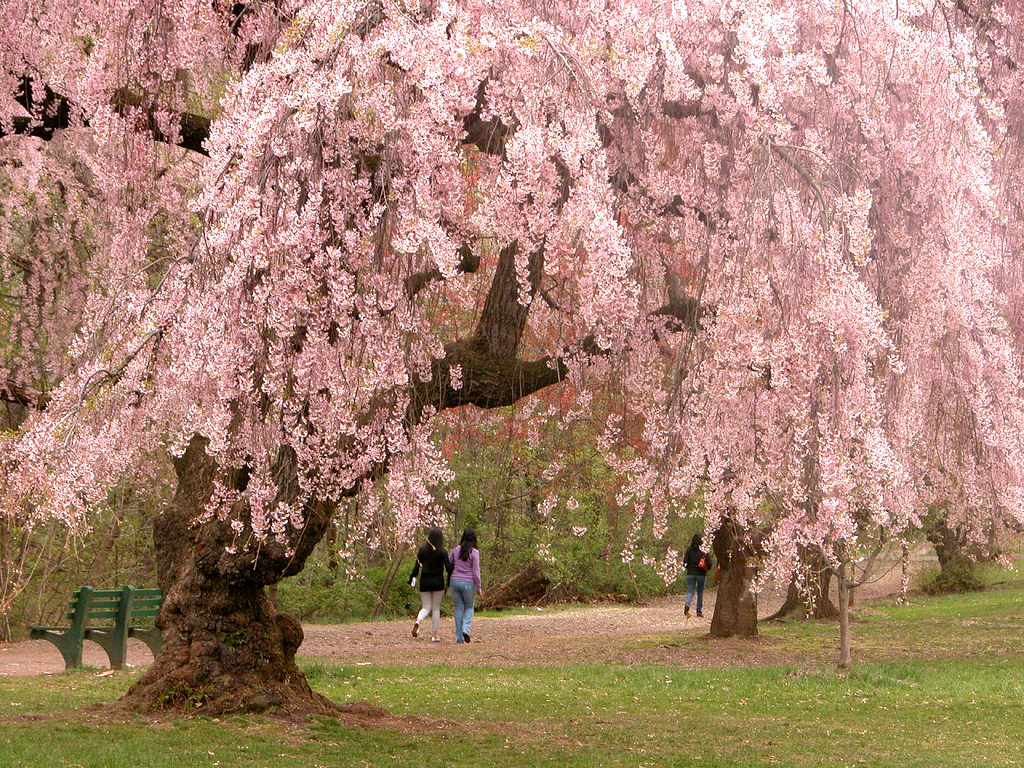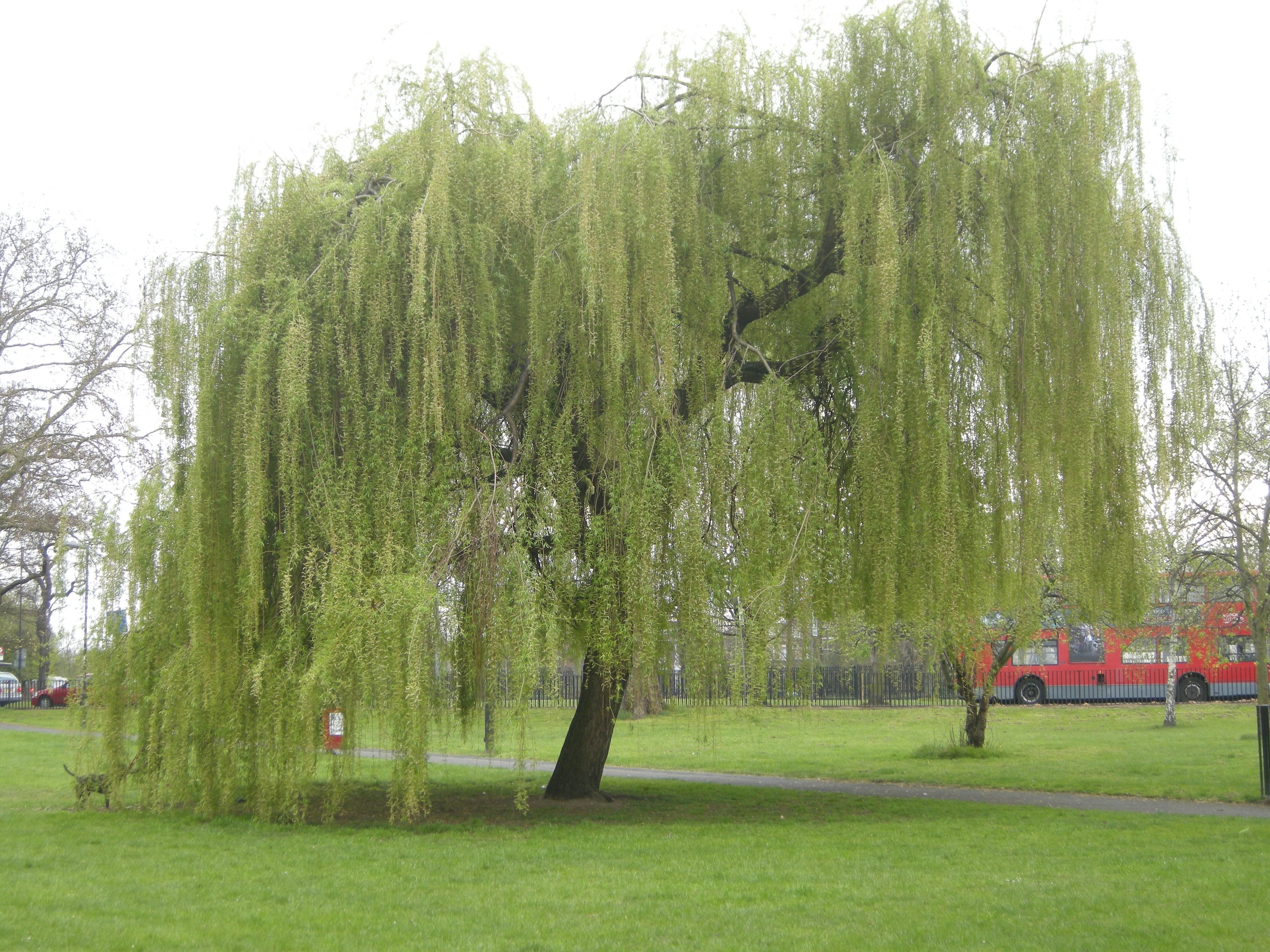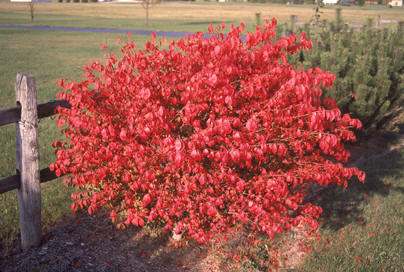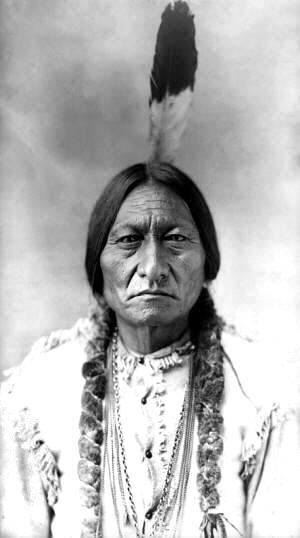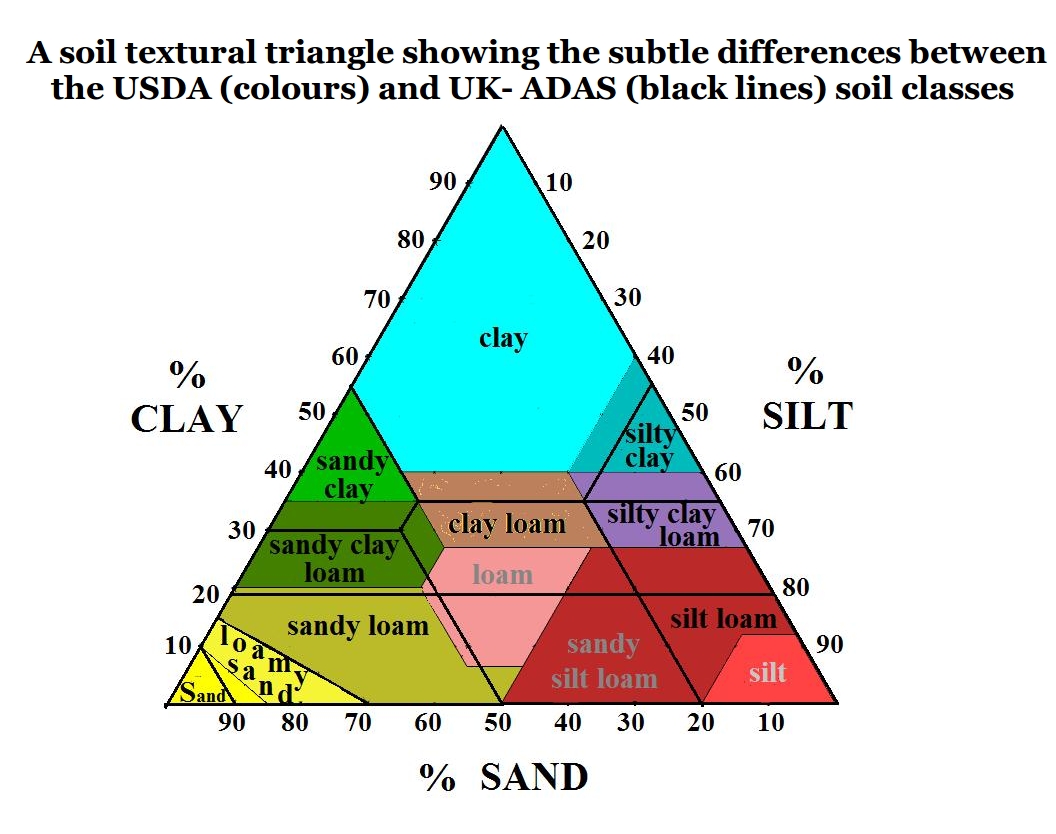Below is a picture of a recently deceased tree. It was cut so the tree rings are fairly visible. After meticulously counting, I found there to be about 66 rings, which would account for 66 years of life. The outer layer of bark does not count for a tree ring. I have dotted the tree in several places and connected them with significant dates in history in the last 66 years.
red 2004- start of google
black 1992- year I was born
Green 1991- fall of soviet union
Pink 1972- water gate scandal
blue- MLK assasination
Jeff Law's Environmental Science blog
Thursday, April 24, 2014
Traffic Study
At 2:50 pm in Mercer village I sat down to gather data for a traffic study on Thursday. There was a fairly steady flow of traffic which was occasionally difficult to keep up with. The vehicle type, amount of passengers, and amount of divers distracted by their cell phones were recorded. The sampling lasted for only eight and a half minutes (mainly because I was running out of room for certain spots on my data sheet). The data is presented below.
Trees and bushes
One common tree in Macon Georgia is the cherry blossom. Macon is famous for its high population of Cherry blossom. It is rare in just about any other area in the United States. It's scientific name is Prunus yedoensis.
A common evergreen in the area is the lobolly pine. Its scientific name it the Pinus taeda. They are commonly found in the south east region of the USA. They are referred to as a type of yellow pine.
A common evergreen in the area is the lobolly pine. Its scientific name it the Pinus taeda. They are commonly found in the south east region of the USA. They are referred to as a type of yellow pine.
Another common tree is the weeping willow. Its scientific name Salix babylonica and originated in northern China, but now it planted all around the world.
A shrub commonly used for decoration with red leaves is the burning bush. Its scientific name is Euonomus atlata. It comes from Eastern Asia and is considered an invasive species in some regions of the northeastern united states.
The last shrub we will discuss is the crepe myrtle. It is another decorative shrub in our region. It native to East Asia and Australia. Its scientific name is lagerstoemia.

Mitochondrial Eve
Mitochondrial Eve is the first mother of the modern human species. All humans can trace there descent back to her through a long lineage that eventually traces back to a region in African where it is thought that man kind got there start. Below is a map with the approximate dates and locations of mankind as we spread through out the contents. All mitochondrial DNA can be traced back to mitochondrial eve in Africa approximately 120,000 years ago.
From mitochondrial eve there all all the different descents that we see today. Some examples are discussed below.
Above is a picture of a man of Chinese descent. It is believed that humans reached eastern Asia 40 to 50 thousand years ago.
Above is a picture of Gandhi. He is of Indian descent. it is believed humans moved into this region 55 to 75 thousand years ago.
Above is a picture of a native american. It is believed humans moved into this region 15 to 35 thousand years ago.
Above is a picture of a man of African descent. It is believed humans began in this region 120 to 150 thousand years ago.
Above is a picture of a man of European descent. It is believed humans moved into this region 35 to 50 thousand years ago.
Monday, March 31, 2014
Topographic map on google earth
I chose to do a topographic map of stone mountain. I opened google maps and searched the area. Then I selected the add path option and clicked carefully for each path at an elevation. I made paths from 900 ft to 1400 ft. Different colors were utilized to differentiate between the elevations. Here is my topographic map!
Maps and Cartography
There are 4 types of maps I am going to discuss: chloropleths, dot density maps, proportional symbol maps, and isarithmic maps. Each type of may displays information in a different way.
Here is an example of a chloropleth. Chloropleths give different regions a color thats affiliated with some type of data. one of the most common examples of this is showing which states voted for a certain presidential candidate during the election.
Here is an example of a chloropleth. Chloropleths give different regions a color thats affiliated with some type of data. one of the most common examples of this is showing which states voted for a certain presidential candidate during the election.
A dot density map is exactly what it sounds like. A dot is placed on the map for each incident for some type of data. A common example is a population dot density map, where each dot represents an allotted number of people.
Proportional symbol maps provide an visual representation of the magnitude of a statistic for a region. The larger the symbol, the larger the number.
Lastly, an isarithmic map shows how a certain type of data varies over a region. It is displayed by change in color and its shape is not limited by the political lines drawn on maps.
Saturday, March 15, 2014
Geology
There are 3 types of rock: igneous, metamorphic and sedimentary. Igneous rocks are formed from volcanic activity. Metamorphic rocks are formed from high heat and pressure when deep in the earth's crust. Lastly, sedimentary rocks are formed from layers of soil piling up and compressing. that These comprise all the rocks we see on a daily basis. An example of each will be discussed below.
Type: igneous
name: obsidian
Description: a glass like igneous rock that is high in silica content. It is a very dark black color and is produced from felsic lava.
Type: metamorphic
name: phyllite
description: produced from slate that is further pressurized and heated. the main components are quartz, chlorite, and sericite mica. It is a fairly foliated rock.
Type: sedimentary
name: sandstone
description: typically composed of quartz and/or feldspar. A very grainy rock due it composition of compressed sand. colors vary depending on the type of sand the rock is made from.
All the information provided above was gathered from wikipedia.
http://en.wikipedia.org/wiki/Obsidian
http://en.wikipedia.org/wiki/Phyllite
http://en.wikipedia.org/wiki/Sandstone
Another topic to be discussed is the variation in soil through out the world. the type of soil in an area can usually be affiliated with the typical weather pattern for the area. There are 12 different soil orders that are labeled through out the Earth. These soil types are determined by the amount of composition of sand, clay, and silt in the soil. Varying the amounts of each produce different typers of soil. for the visual heuristic involved and in-depth analysis of the soil types, refer to the picture and link below.
Soil Orders:
http://www.nrcs.usda.gov/wps/portal/nrcs/detail/soils/edu/?cid=nrcs142p2_053588
soil triangle
Subscribe to:
Comments (Atom)


